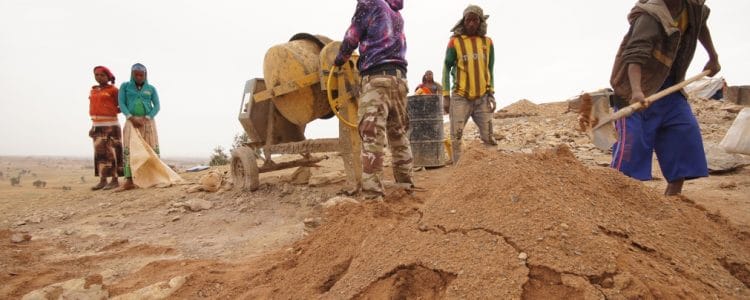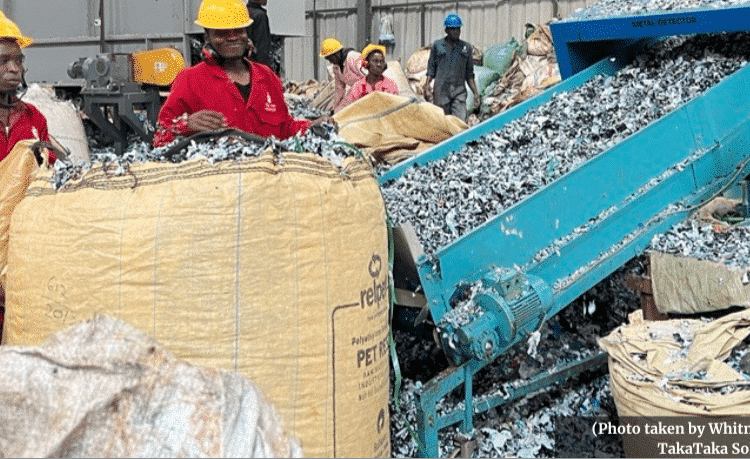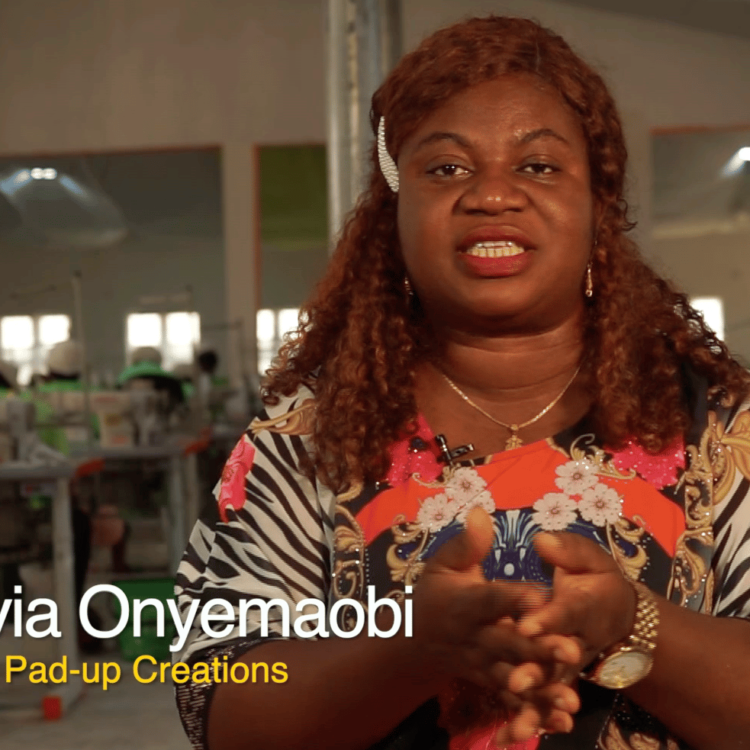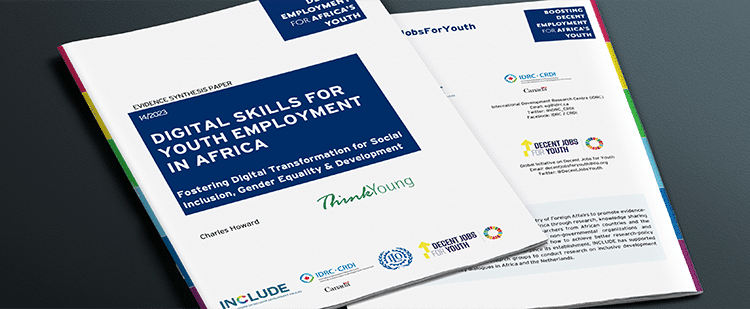
The ‘Feeder road development for inclusive productive employment’ research project explores changes in local economies and impacts on the natural environment as a result of road development in Tigray, Ethiopia.
On roads and local economies
The villages of Adi Kisandid, May Quiha, Were Abaye and Hade Alga were selected earlier this year as case studies to explore people’s perspectives on rural road development and the various impacts of feeder roads on people from different wealth categories. The expansion of the rural road network in Africa is both credited and discredited for its role in reducing poverty associated with spatial isolation. In our study areas, it is also clear that roads can lower transport costs, increase access to markets and bring services closer to home; however, they can also be over-engineered relative to traffic density and irrelevant to poor people, who generally use off-road paths.
An important first step in the research was to develop a better understanding of the meaning of ‘productive employment’ in these rural villages. Preliminary findings from the fieldwork conducted by Utrecht University in collaboration with Mekelle University in February-March highlighted the importance of many other forms of work besides formal wage-employment. Productivity in the study villages indeed involves a rich variety of non-market and non-monetary transactions between households, for example. A broad interpretation of ‘productive employment’ is, therefore, essential to assess the different types of sometimes unquantifiable costs and benefits accruing from roads. The research also found that in addition to improving access to jobs, roads also affect other forms of work and productivity. These research findings (and more) will be presented at the 5th World Sustainability Forum in Basel in September 2015 and the 4th Global Conference on Economic Geography in Oxford in August 2015.
Other organizations and individuals from the research project consortium are also conducting research on the impact of roads on local economies. Colleagues at The Horn Economic and Social Policy Institute are undertaking a household-based socioeconomic survey to quantify the impacts of feeder roads on income and welfare. Kebede Manjur Gebru from Mekelle University is conducting research on agri-food value chains, as part of his PhD in International Development Studies at Utrecht University, which will be closely linked to the Feeder Road project. In addition, Paula Beens and Pieter Rosman are producing their Masters theses in International Development with a focus on the impact of the feeder road in one of the four study sites on market access and social networks.
In May, another round of fieldwork conducted by Sussex University in collaboration with Mekelle University and MetaMeta focused on investigating the hydroecological and economic impacts of roads in the Wukro region of Tigray and their influence on people’s livelihoods and employment. The team paid particular attention to how people access roads, land and water, and how these impact on their lives – individually and collectively. The fieldwork deepened our understanding of previously researched sites (in the small administrative divisions of Sinkata, Megab and Gule) and enabled us to look at the individual distribution of road benefits and the determinants of their distribution. New sites were also added (particularly in Negash, see Photo 1). The in-depth interviews and focus group discussions broadened our understanding of the interplay between roads, water and livelihoods and their politics in rural Tigray.
On roads and the natural environment
Roads provide an opportunity to systematically harvest and retain water, prevent erosion and contribute to productive livelihoods through irrigation services, for example. In March, the project organized a five-day training on “Roads for water and livelihoods in the Horn of Africa” for participants working in water, roads and agriculture in Ethiopia’s five regional states (Tigray, Ahmara, Gambella, Oromia and Afar). Training materials will be available soon on the Roads for Water website. A paper on this topic will be presented at the 1st International Roads Federation Europe & Central Asia Regional Congress in Istanbul from 15–18 September 2015. In line with these issues, a Water Science and Management Masters student, Ties Temmink, is currently studying roads and erosion in Tigray, Ethiopia.
An additional activity undertaken by the project was to look at the potential for roadside tree planting in the four case study villages. Initial fieldwork revealed that dust appears to be a major problem for farmers with land along feeder roads (see Photo 2). This issue will be described in upcoming publications.
In May, a stakeholders’ workshop was organized in Amhara in collaboration with the Amhara Bureau of Agriculture for participants from the Roads, Agriculture and Water Bureaus. The Amhara Agriculture Bureau will implement road water harvesting during the coming Mass Mobilization Campaign, in which they will mobilize 5 million people for soil and water conservation. MetaMeta, one of the partners in this programme, has signed an agreement with the Ethiopian Roads Authority and the Amhara Bureau of Agriculture to work together on road water harvesting. A team is now being formed with the Ethiopian Roads Authority to develop road water harvesting guidelines. Updates on these activities are available on twitter @roadsforwater. We are excited to announce that, for this work, MetaMeta, Mekelle University and the Tigray Government have been awarded the prestigious Global Road Achievement Award (GRAA) for Environmental Mitigation by the International Roads Federation.






